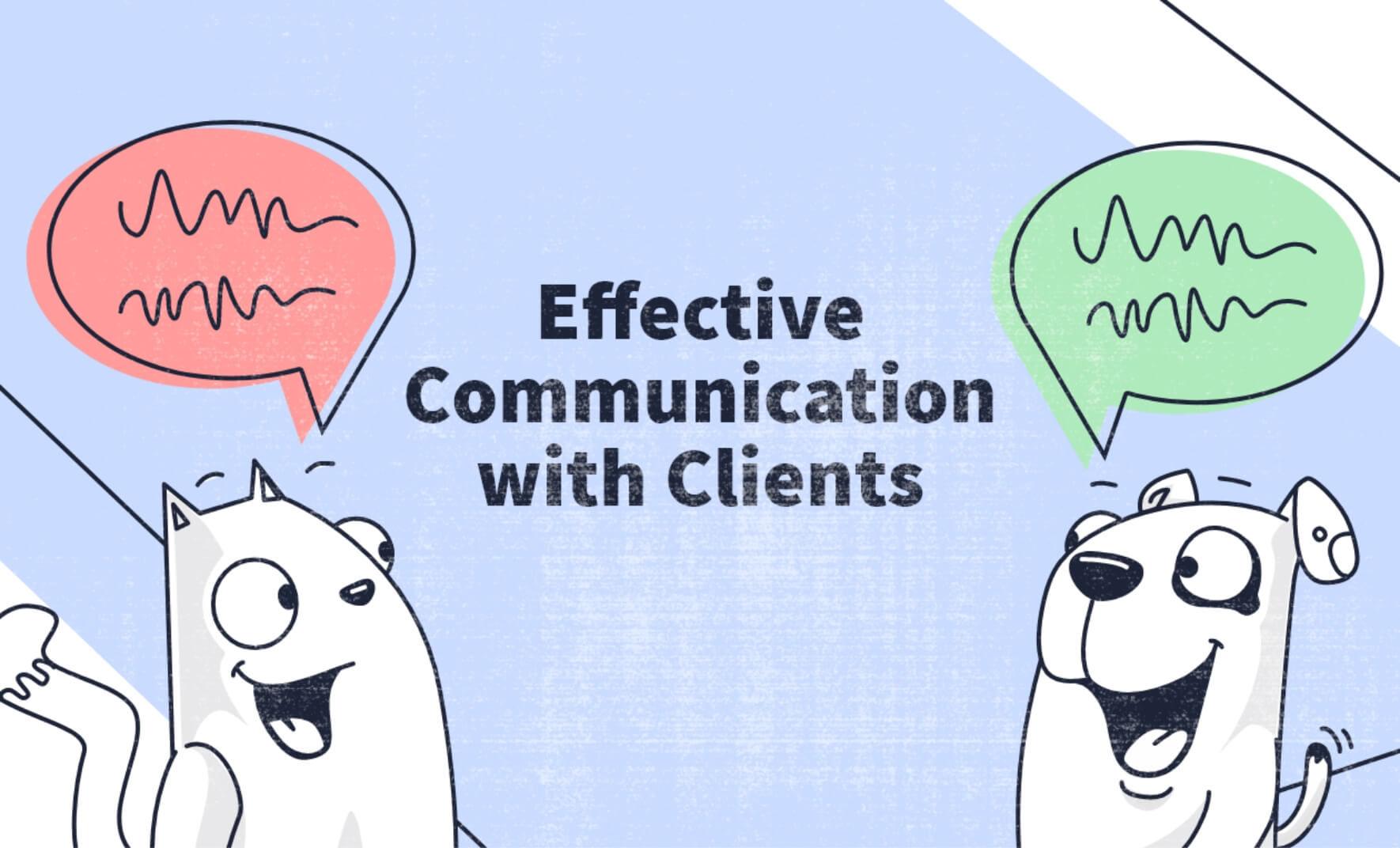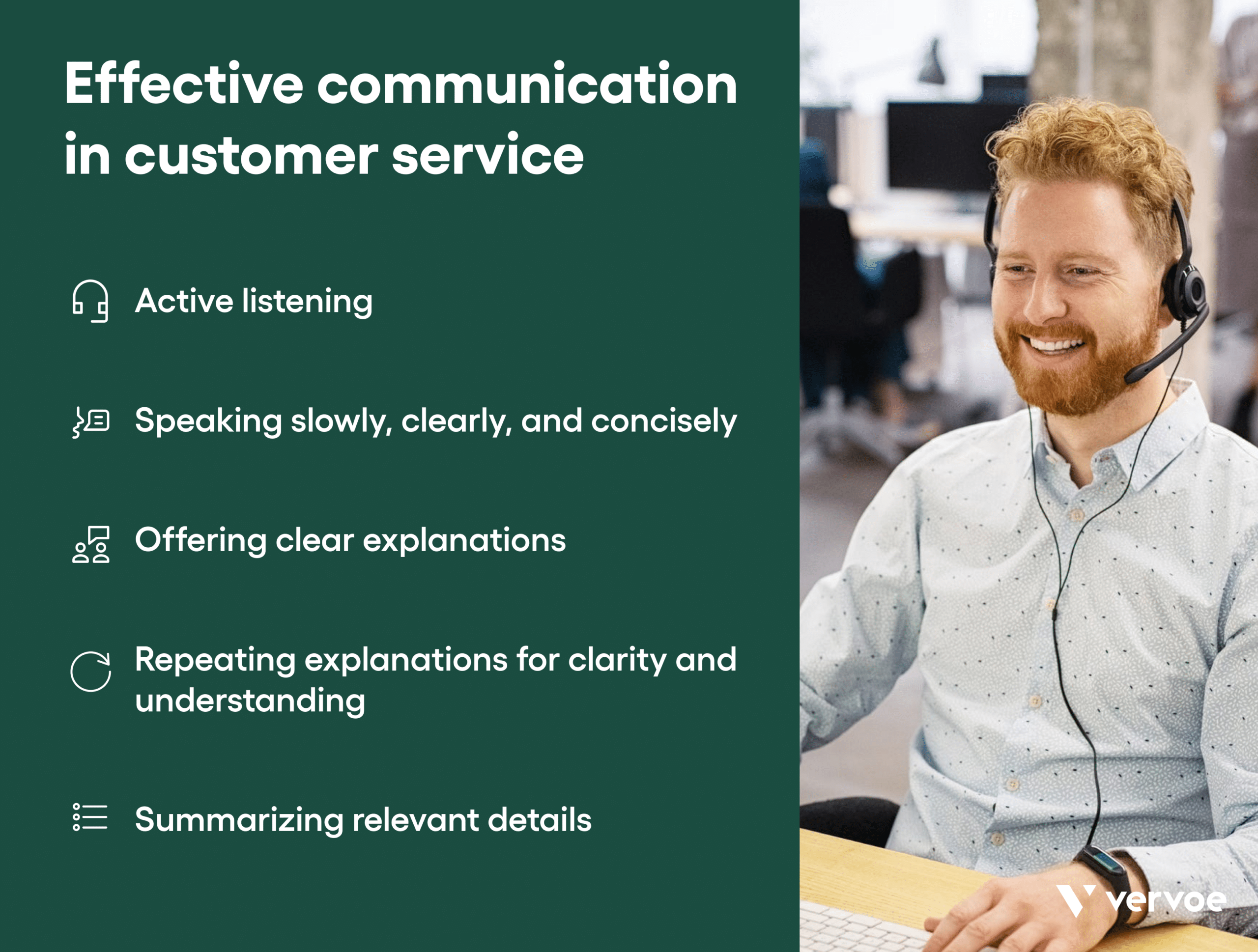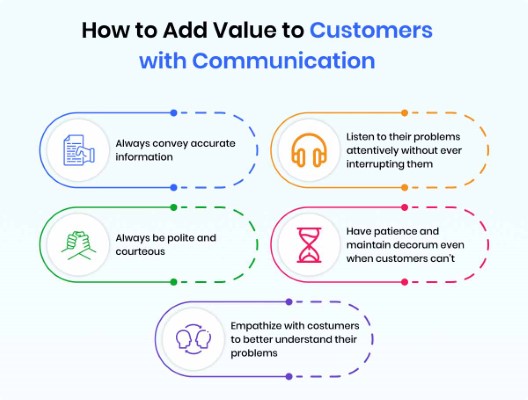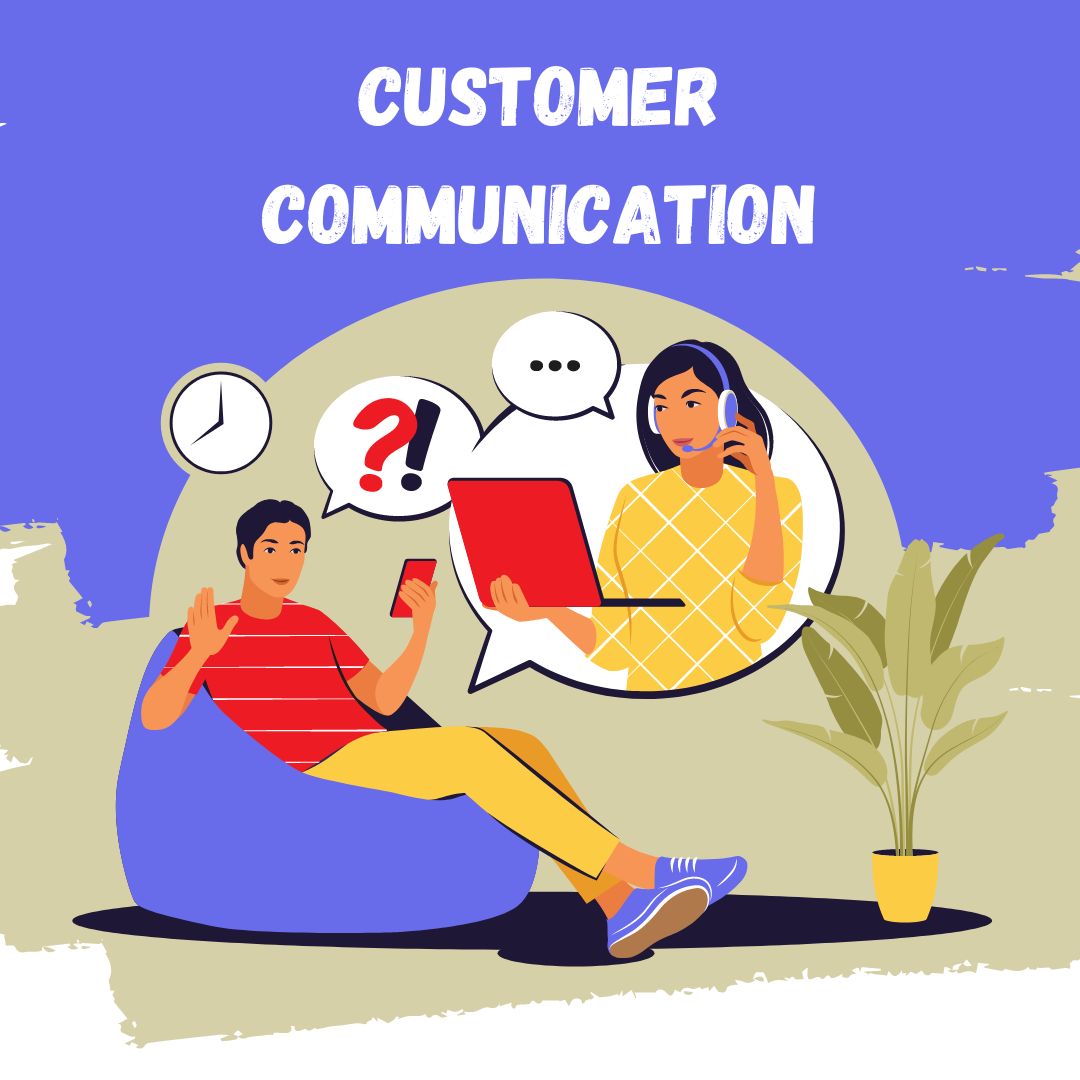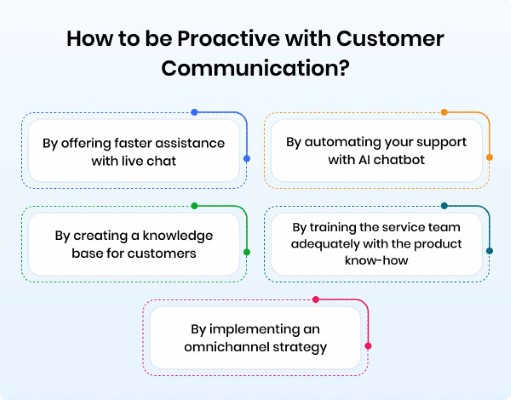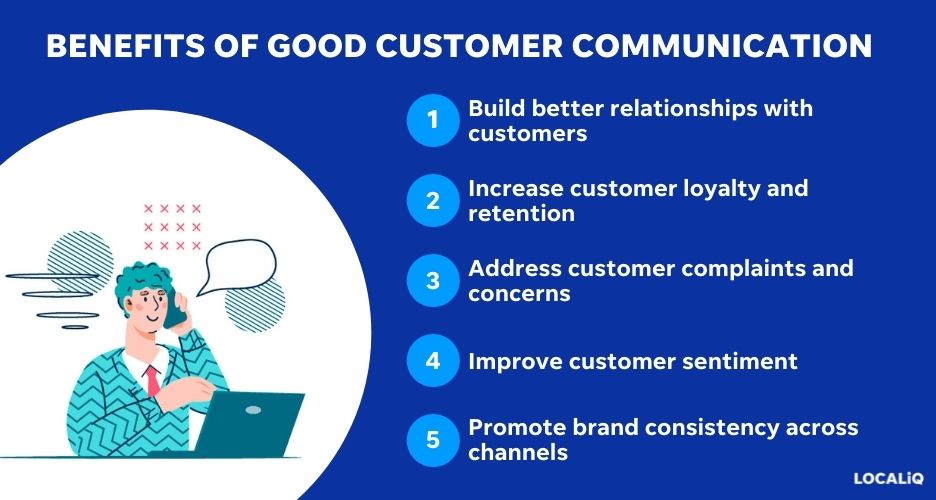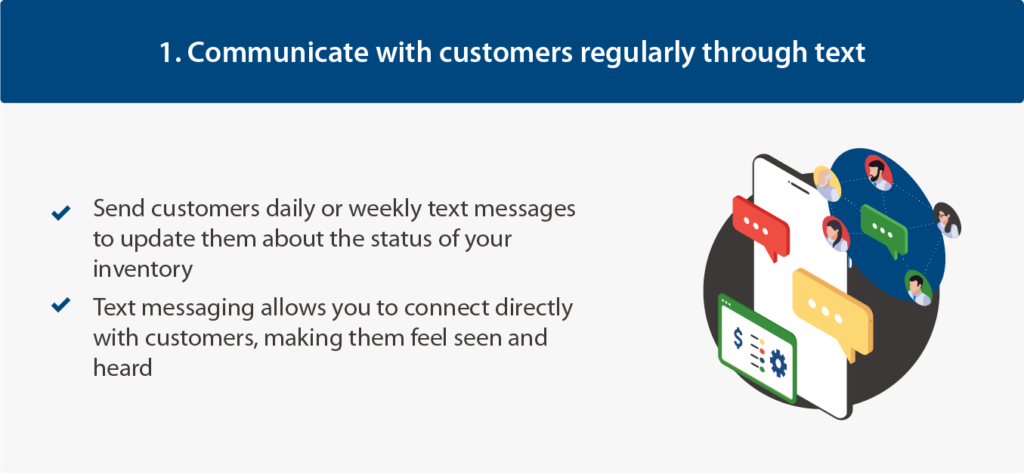How To Communicate Better With Customers

Customer communication breakdowns are costing businesses money and loyalty. Learn how to fix it now, or risk falling behind.
This article provides actionable strategies to enhance customer communication, reduce misunderstandings, and foster stronger relationships with your clientele. Implementing these techniques can lead to increased customer satisfaction and improved business outcomes. Prioritize these changes to protect your bottom line.
Understanding Your Audience
Know your customers. Tailor your messages to resonate with their specific needs and preferences. Analyze demographics, past interactions, and purchase history to create personalized communication strategies.
Use customer relationship management (CRM) systems to track interactions. This data will inform your communication style and content, ensuring relevance and maximizing impact.
Active Listening: The Cornerstone of Communication
Active listening is crucial. Focus intently on what customers are saying, both verbally and nonverbally, to truly understand their concerns.
According to a Salesforce study, 89% of customers are more likely to make another purchase after a very positive customer service experience. Active listening is a key driver of that positive experience.
Paraphrase and summarize their points to confirm understanding. Show empathy and acknowledge their feelings to build rapport and trust.
Choosing the Right Channels
Utilize the communication channels your customers prefer. This might include email, phone, chat, social media, or in-person interactions.
A Forrester report indicates that customers who engage with businesses across multiple channels are more valuable. Offer seamless transitions between channels for a consistent experience.
Ensure your website and other platforms are mobile-friendly and accessible. Customers expect convenience and responsiveness.
Clear and Concise Messaging
Use simple, straightforward language. Avoid jargon or technical terms that customers may not understand.
Prioritize clarity and brevity in your communication. Respect your customers' time by getting to the point quickly and efficiently.
Proofread all communications for errors in grammar and spelling. Professionalism matters, and mistakes can damage your credibility.
Proactive Communication is Key
Don't wait for customers to reach out with problems. Provide regular updates on order statuses, shipping information, and any potential delays.
Share valuable content that educates and informs your customers. Position yourself as a trusted resource in your industry.
Implement a feedback system to continuously improve your communication strategies. Actively solicit and respond to customer suggestions and concerns.
Training Your Team
Invest in training your employees on effective communication techniques. Equip them with the skills they need to handle customer interactions professionally and empathetically.
Role-playing exercises can help employees practice their communication skills in a safe environment. Provide ongoing coaching and support to reinforce best practices.
Emphasize the importance of customer service as a core value of your organization. Create a culture that prioritizes customer satisfaction above all else.
Measuring Your Success
Track key metrics to measure the effectiveness of your communication efforts. Monitor customer satisfaction scores, response times, and resolution rates.
Analyze customer feedback to identify areas for improvement. Use data-driven insights to refine your communication strategies and optimize the customer experience.
Regularly review your communication processes and make adjustments as needed. Continuous improvement is essential for staying ahead of the competition.
Next Steps
Implement these strategies immediately to begin improving your customer communication. Start by assessing your current communication practices and identifying areas where you can make the most significant impact.
Schedule a team meeting to discuss these recommendations and develop a plan for implementation. Prioritize actions based on their potential impact and feasibility.
Monitor your progress and make adjustments as needed. By focusing on clear, proactive, and customer-centric communication, you can build stronger relationships and drive business growth.
